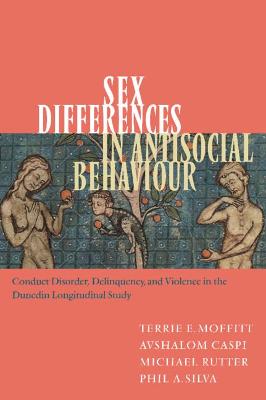Why are females rarely antisocial and males antisocial so often? This key question is addressed in a fresh approach to sex differences in the causes, course and consequences of antisocial behaviour. The book presents findings from a landmark investigation of 1,000 males and females studied from ages 3 to 21 years. It shows that young people develop antisocial behaviour for two main reasons. One form of antisocial behaviour is a neurodevelopmental disorder afflicting males, with low prevalence in the population, early childhood onset and subsequent persistence. The other form of antisocial behaviour, afflicting females as well as males, is common and emerges in the context of social relationships. The book offers insights about diagnosis and measurement, the importance of puberty, the problem of partner violence and the nature of intergenerational transmission. It puts forward an agenda for research about both neurodevelopmental and social influences on antisocial behaviour.
- ISBN13 9780521804455
- Publish Date 27 September 2001
- Publish Status Active
- Out of Print 12 November 2021
- Publish Country GB
- Imprint Cambridge University Press
- Format Hardcover
- Pages 300
- Language English
